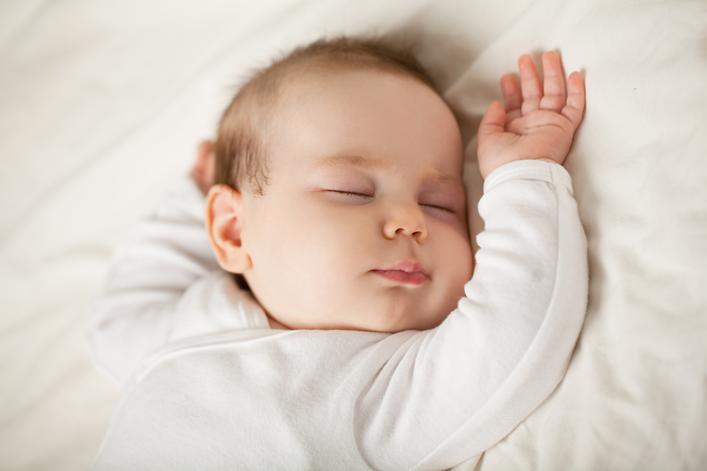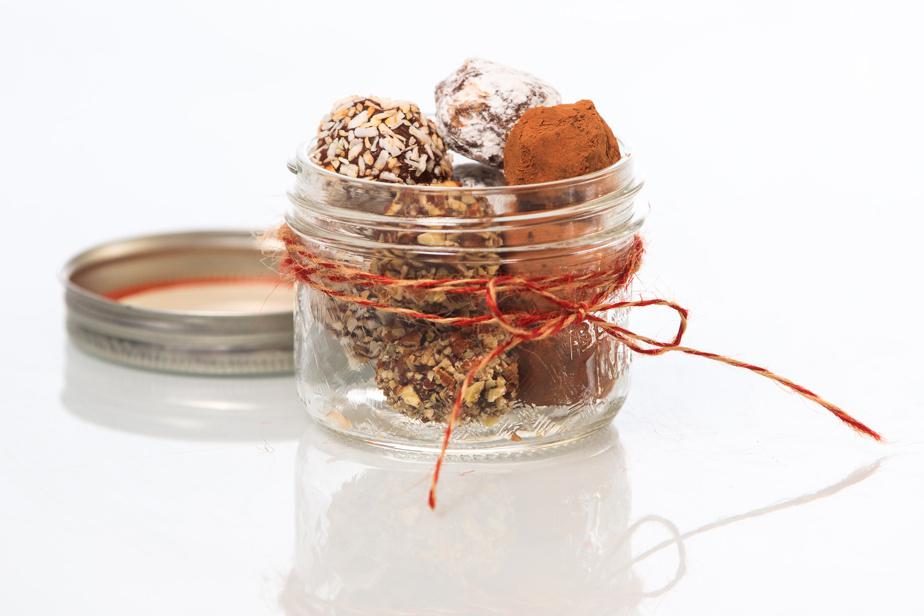What are the meanings of baby's sleeping positions?
In fetus, on the side, arms along the body… What do these positions mean that your baby or your child adopts when he sleeps? Do they reflect discomfort or tension? Can we say that they reveal something of his future personality? Response elements.
Watching a baby sleep is a great source of tenderness! And curiously, it can happen that your little one has a particular position that intrigues you… What does the position of your baby while sleeping mean? What are the positions recommended by the medical profession? We take stock of the different sleep positions, with Astrid Le Clerc, osteopath.
In which position to put baby to sleep: at what age can my baby sleep on his stomach?
As soon as the child is born, it is imperative that the baby be put to sleep on his back. Highly recommended, not to say mandatory, this position guarantees better safety for the child. Since the early 1990s, it has been observed that the dorsal position protects babies from sudden infant death syndrome (or MIN, for unexplained infant death syndrome). The simple fact of sleeping on the back lowered the MIN from 1991 to 1997! On the back, the child can indeed breathe better. From the sixth month of the child, when the baby is able to turn over easily, he can sleep on his stomach without risk!
À lire aussiDoes sleeping only on your back promote plagiocephaly?
To avoid plagiocephaly (or "flat head"), stimulate baby's motor skills as often as possible during the day:
Tips for sleeping baby

Here are the recommendations for sleeping baby:
Baby sleeps on the side: is this a recommended position for sleeping?
If the side position seems less dangerous than on the stomach, it is however not recommended. Indeed, the baby is in an unstable position, he can easily end up on his stomach, which can lead to asphyxiation. In addition, it is not recommended to use devices to hold your infant on his back, such as a bed reducer or a baby wedge, for example. These can indeed promote deformations of the skull and asphyxiation.
À lire aussiPositions when baby sleeps that can reflect tension
Babies sometimes position themselves in a specific way, perhaps for reasons related to childbirth or even pregnancy. In any case, this is what osteopathy experts argue, as Astrid Le Clerc explains: "It can happen that infants are very much in flexion, with their arms and legs bent when they are on the back. This can reflect a discomfort on which we are working in an osteopathy session, so that they relax. It also happens that the infant is "comma", that is to say in an arched position, arched back towards the extensions. These positions may be related to the intrauterine position of the child during pregnancy. Torticollis can also cause changes, such as tilting or turning of the head to a particular side. »
Fetal, head against arm... What baby's positions reflect of his personality
Apart from physiological causes, it is sometimes considered that such a position can shed light on your child's personality. This is in any case what theorized a study carried out by the Sleep Institute in the United Kingdom in the early 2000s! Of course, you don't have to believe it, but it's part of the mysteries and beliefs that bring poetry...
The posture of the trunk
In reference to the tree trunk, this position sees the child lying on the side, with the arms stretched along the body. According to the British study, this position would make these sleepers calm and sociable beings!
The fetal posture
The fetal position, in reference to that of the fetus in the belly, consists of an inclined position, the legs brought back towards the chest. It would seem that children sleeping in this position have a more shy behavior than the others, as well as a great sensitivity.
The starfish
The starfish pose gets its name because the child has their legs apart and their arms up. This position means your child will be outgoing and a selfless person.
The position of the soldier
Take care of yourself ! The soldier's stance is straight as an I, both for the arms and for the legs. Children sleeping in this position would often be introverted, but very loyal.
Free fall position
The name of this position comes from the fact that your child is upside down in bed! He has his head bowed and his legs outstretched. According to the study, this atypical position would mean that your child has a rebellious and independent character.
The so-called "melancholy" posture
In this position, the child sleeps on his side. The legs are straight and close together. As for the arms, they are stretched forward. This position would mean that the child will be rather stubborn! He will also be cautious and rather suspicious at first, but ultimately very sociable with those around him.
A lire aussiAuteur : Antoine Blanchet, Journalisteavec Astrid Le Clerc, ostéopathe Article publié le







